Trump’s Policies in South America Open Doors for China
While former U.S. President Donald Trump and Colombian President Gustavo Petro were locked in a heated dispute over migrant deportations, China was strengthening its diplomatic ties with Colombia. As the row between Washington and Bogotá escalated, China’s ambassador to Colombia, Zhu Jingyang, enthusiastically highlighted that relations between the two countries had reached their “best moment.”
The disagreement arose after Petro refused to accept a U.S. deportation flight carrying handcuffed Colombians. In response, Trump retaliated by doubling tariffs and revoking visas for Colombian government officials. Although Petro eventually backed down, tensions remained high. During this period, Ambassador Zhu flooded social media with messages celebrating the strong ties between China and Colombia, even posting images of a Lunar New Year celebration in Bogotá.
“We are experiencing the best moment in our diplomatic relations,” Zhu wrote, linking to an interview he had given to a local newspaper just a day earlier. When questioned about the timing of his remarks, he humorously dismissed any suggestion of foresight, adding laughing emojis to his response.
According to Ryan C. Berg, director of the Americas Program at the Center for Strategic and International Studies (CSIS), Zhu’s quick and well-timed public relations efforts exemplify China’s ability to capitalize on shifts in U.S. foreign policy. Analysts suggest that Trump’s protectionist stance and the near-total suspension of U.S. foreign aid could drive South American nations even closer to China. The Asian superpower has already surpassed the U.S. as the region’s top trading partner.
“The U.S. is alienating its own allies,” noted Carol Wise, a professor of International Relations at the University of Southern California. She pointed out that Trump has threatened additional tariffs on Mexico and Canada as well. “If you’re targeting your friends economically, they’ll naturally look to align with others,” she explained.
On Monday, the Trump administration announced a new round of 25% tariffs on all foreign steel and aluminum, a move that could significantly impact Brazil—the second-largest supplier of steel to the U.S. after Canada.
In 2023, South American nations exported $91.2 billion worth of goods to the U.S., while exports to China reached a staggering $181 billion—nearly double. While the U.S. remains the top trading partner for countries like Colombia and Ecuador, this represents a sharp shift from two decades ago when it dominated trade with almost every South American nation, except Paraguay.
According to Monica de Bolle, a senior fellow at the Peterson Institute for International Economics, U.S. disengagement from South America began long before Trump. “Since Barack Obama took office in 2009, U.S. policy towards South America has been largely absent, focusing only on migration, Venezuela, and drug trafficking,” she explained. This prolonged neglect has created a vacuum that China has eagerly filled.
A clear symbol of China’s growing influence is the Chancay megaport in Peru, a $3.5 billion project inaugurated by Chinese President Xi Jinping in November 2023. The port is expected to reshape trade routes across the continent.
Colombia recently announced a new shipping route that will utilize Chancay, and Brazil is reportedly fast-tracking its operations at the port in response to Trump’s protectionist policies. The Chancay project is expected to reduce shipping times by 10 days compared to traditional Atlantic routes, making it a game-changer for regional trade.
For Peru, the benefits are clear. “A decade ago, it was unthinkable that Peru would be in this strategic position,” Wise remarked.
As the U.S. focuses on economic protectionism, China continues to expand its influence in South America, seizing opportunities created by Washington’s withdrawal from the region. The shifting geopolitical landscape suggests that unless the U.S. recalibrates its approach, China’s foothold in the continent will only grow stronger.









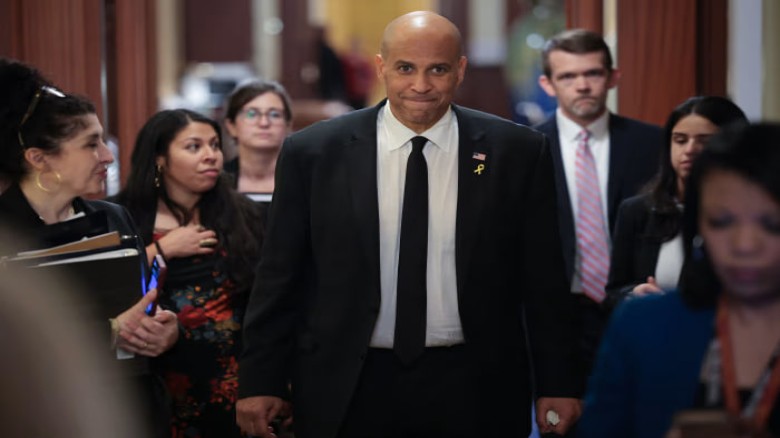



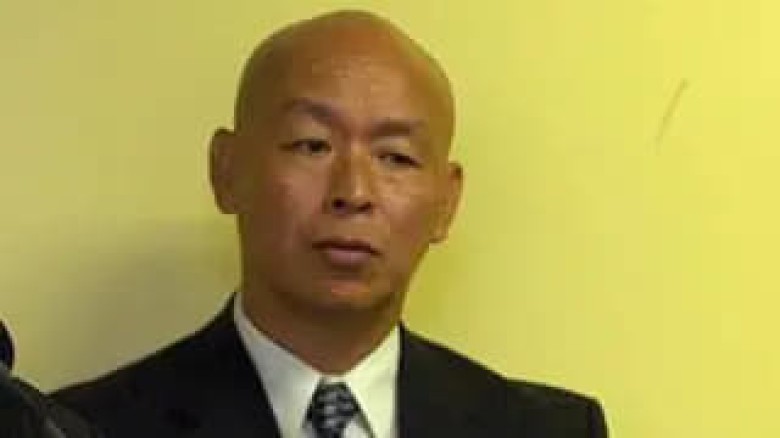




















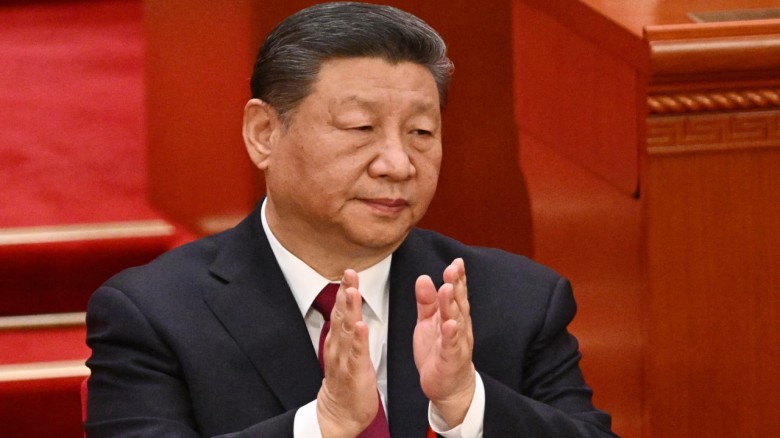
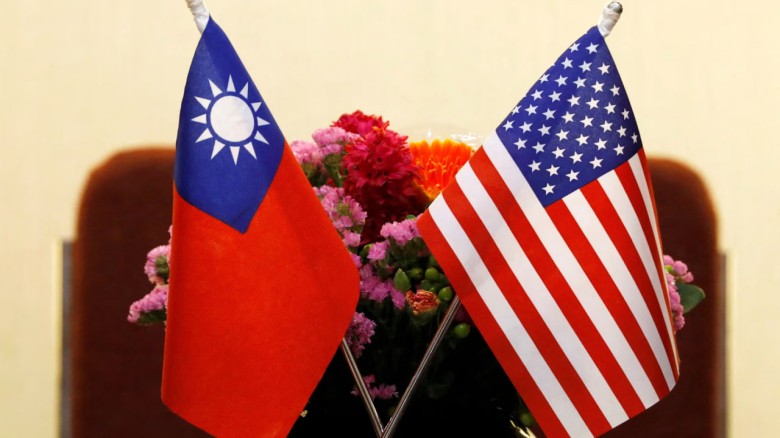






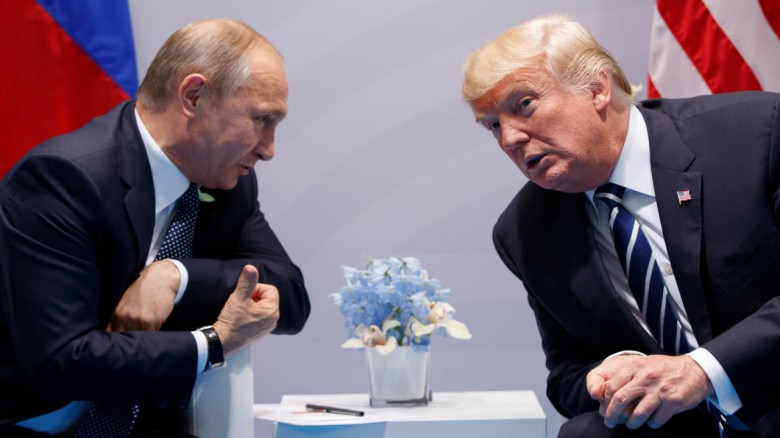
























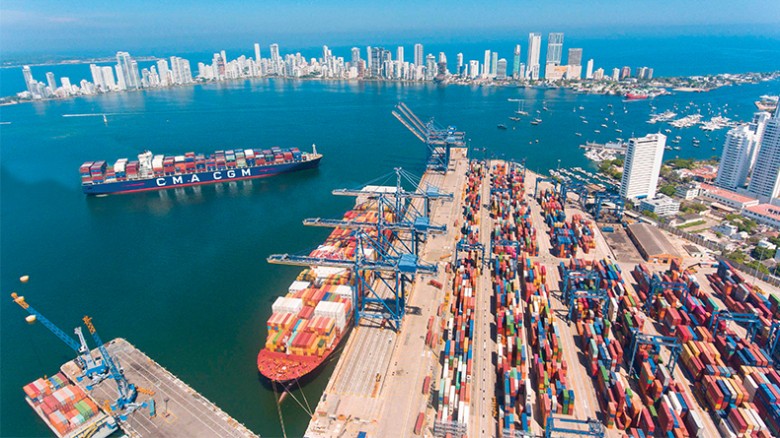


Leave A Comment